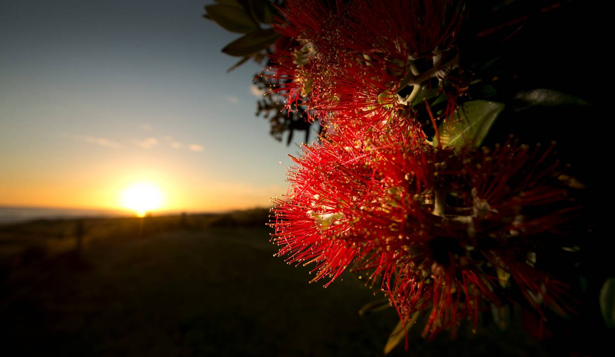
After 20 million years, New Zealand’s kauri trees are officially ‘threatened’
New classification comes as a disease killing the trees spreads through the forests
By Jamie Morton
They’ve towered over our native forests for 20 million years - yet now kauri are officially threatened.
The ancient giants have been given the classification for the first time by New Zealand’s Department of Conservation (DoC), as a disease killing the trees continues to spread through forests unabated.
Soil-borne kauri dieback disease has become prominent over the past decade, spreading throughout the Auckland region, the Coromandel, and to Waipoua Forest in Northland, the home of our most iconic kauri - Tane Mahuta.
Another major scourge threatening our native trees - wind-blown fungal disease myrtle rust - has prompted DoC to classify around 30 myrtle species as a precautionary measure.
They included manuka, rata, ramarama and our cherished national Christmas tree, pohutukawa.
They weren’t the only tragic new changes to the New Zealand Threat Classification System, which tracks the conservation status of 2785 known species or types of native vascular plants, among them flowering plants, conifers, ferns and club mosses.
About 80 per cent of our native plants were only found in New Zealand - and an increasing number of them were in trouble, said DoC’s acting terrestrial ecosystems director, Matt Barnett.
Fourteen per cent of New Zealand’ vascular plants were now nationally threatened - up from 11 per cent just eight years ago.
There were now 113 more plants classified as “threatened” compared to the last assessment in 2012, which meant there were now 402 plants in this category.
Those in the “at risk” categories had increased by 101, to 851 plants, although some of these changes were due to new understanding rather than documented decline.

“Threats like kauri dieback, browse by possums, goats, rabbits and other animals, and changes in land use, particularly in the eastern South Island, have caused the observed decline of 61 plant species, which are now in a worse state than five years ago,” Barnett said.
“There has also been a marked deterioration of populations of rare plants, such as sedge, cress and broom species, in the drylands of the Mackenzie and Waitaki basins due to land being modified for agriculture, as well as the impact of rabbits and hares.”
The sheer number of vascular plants and lack of knowledge about their genetic makeup, distribution and ecology also posed challenges to their conservation.
More than 200 plants – most as-yet unnamed – have been assessed for the first time in the revised report.
New information had also led to 39 plants gaining an improved status, while another two species have improved due to increased abundance.
One plant – the ground-hugging herb pygmy goosefoot – was rediscovered in large numbers in several places in the eastern South Island in 2015 after an apparent absence of more than 50 years.
As a result, this plant was no longer classed as extinct.

